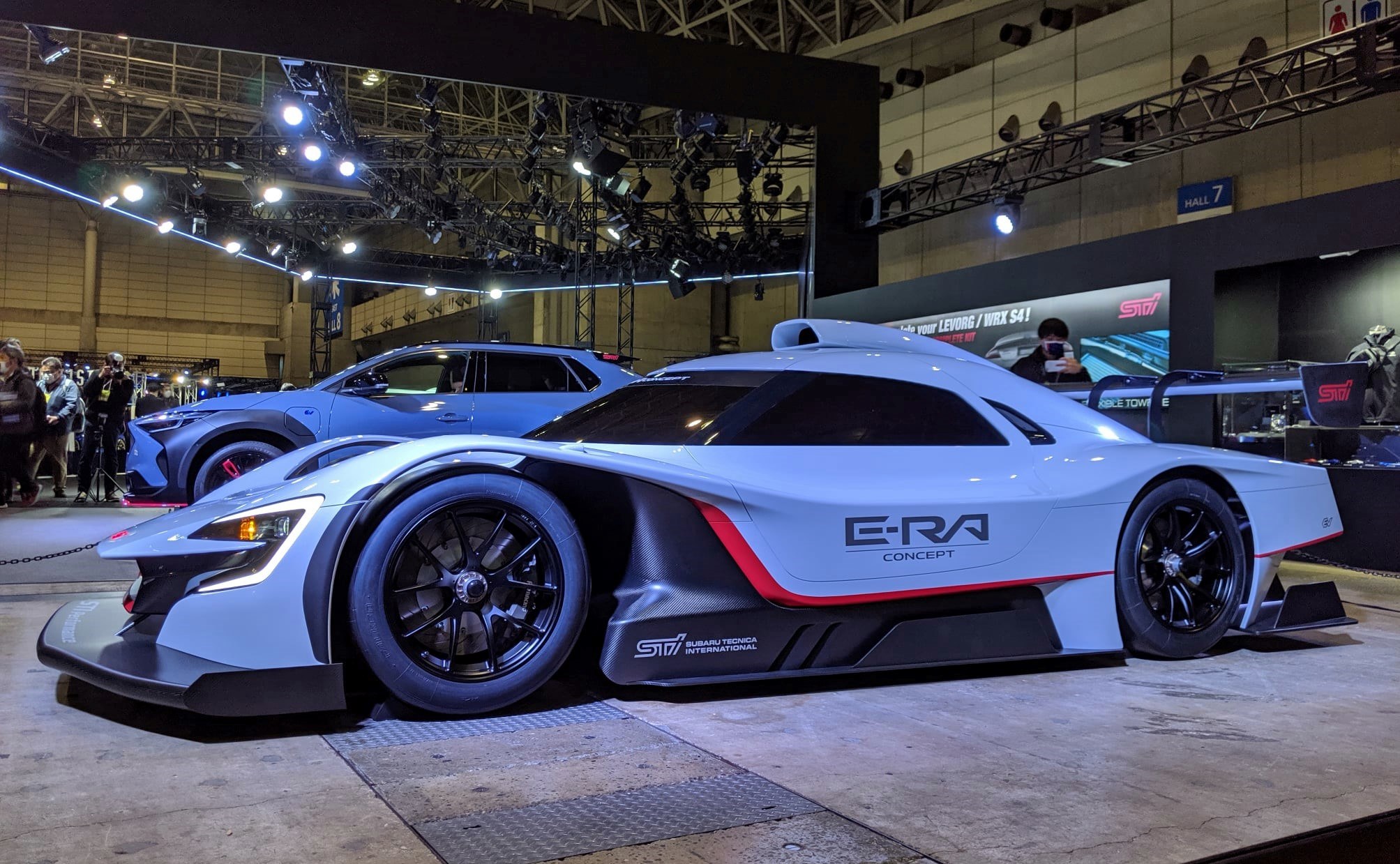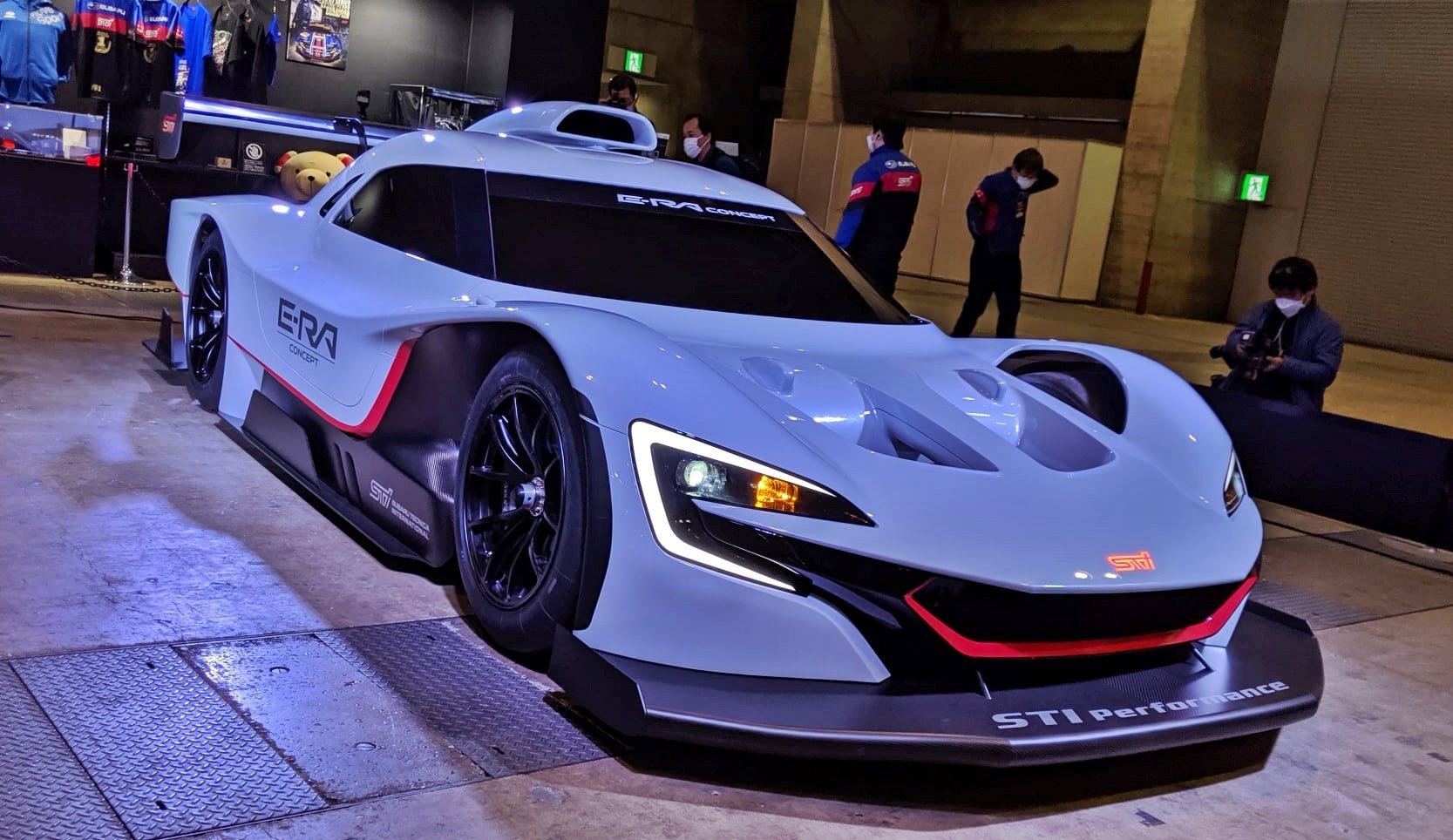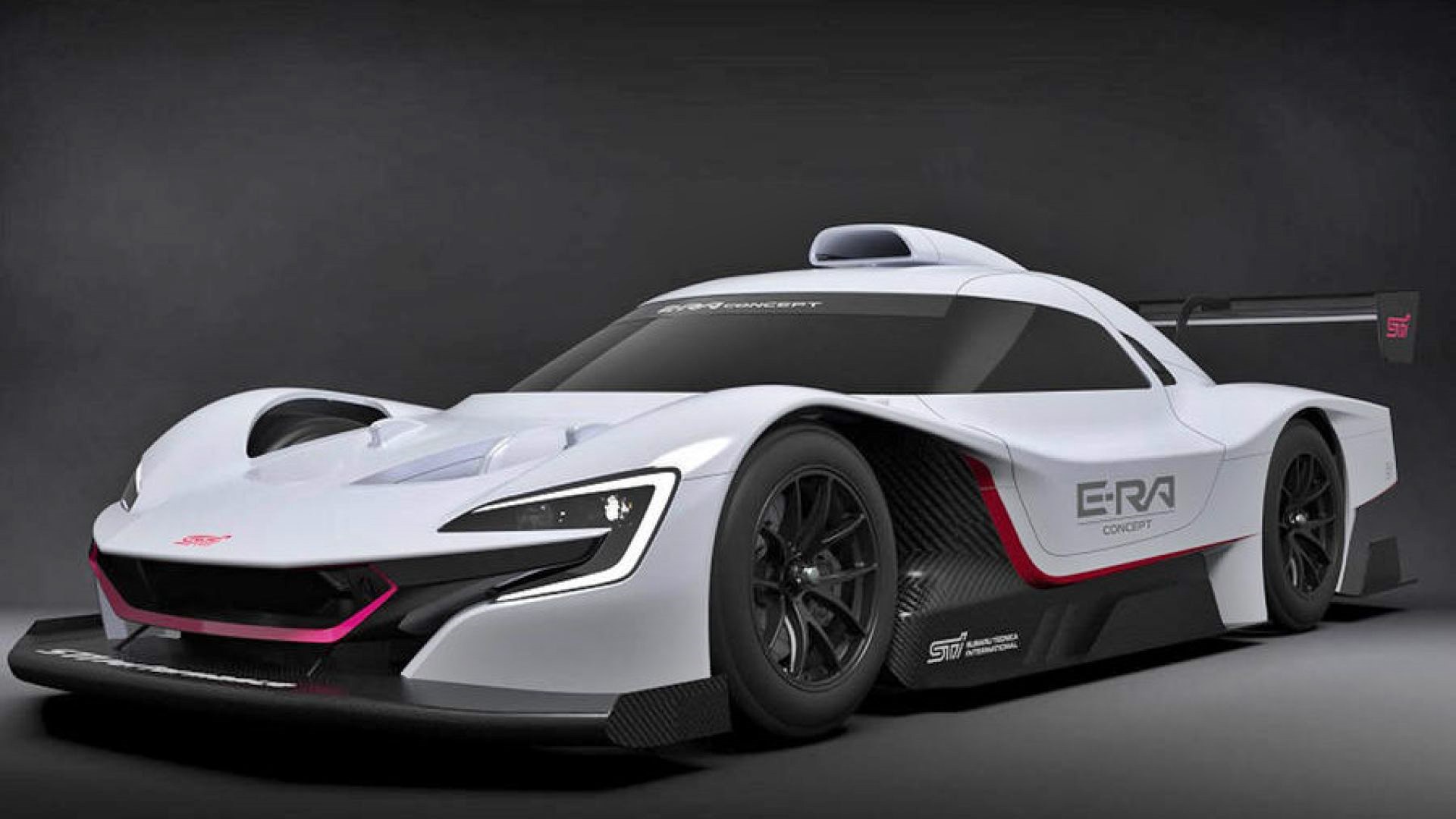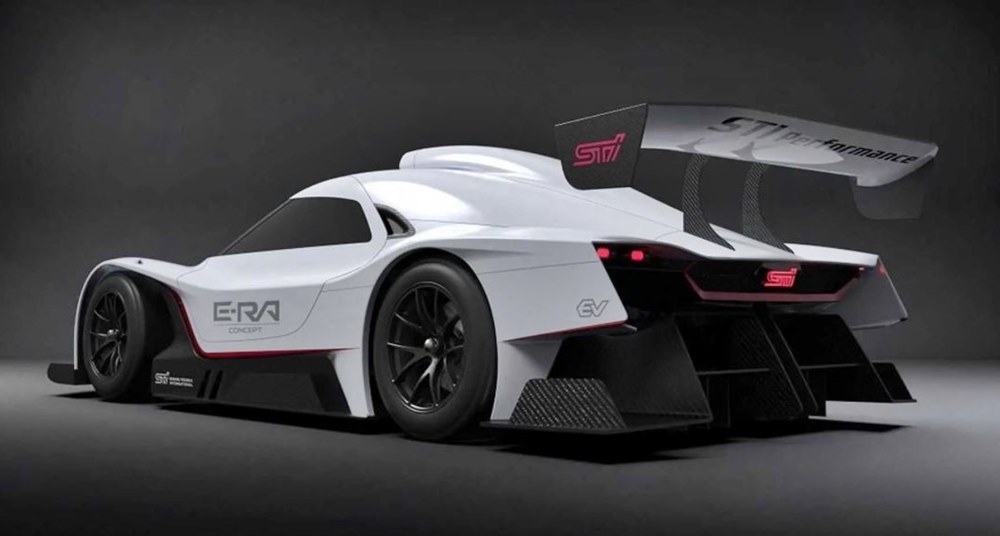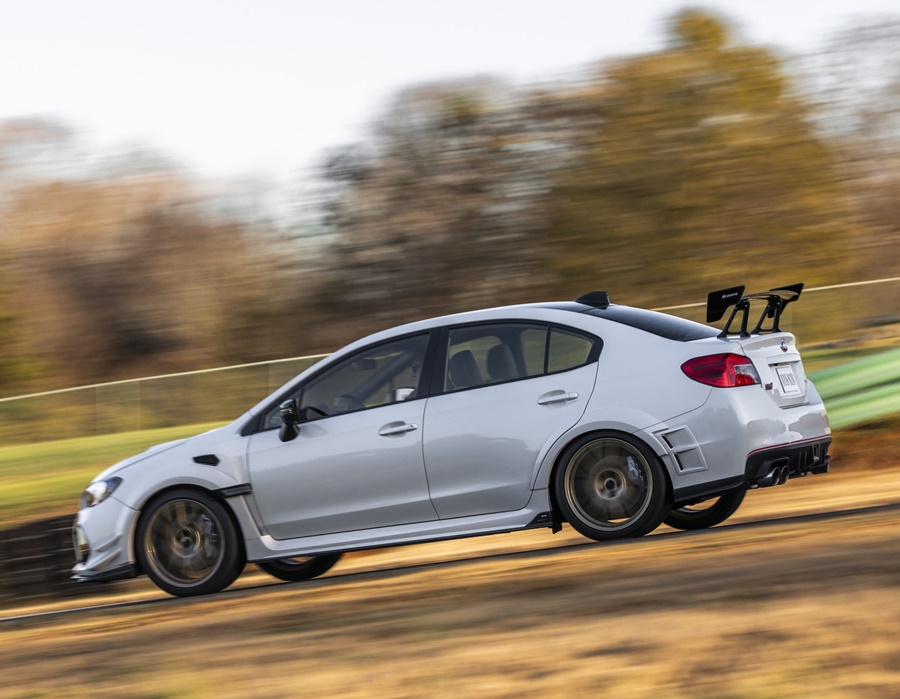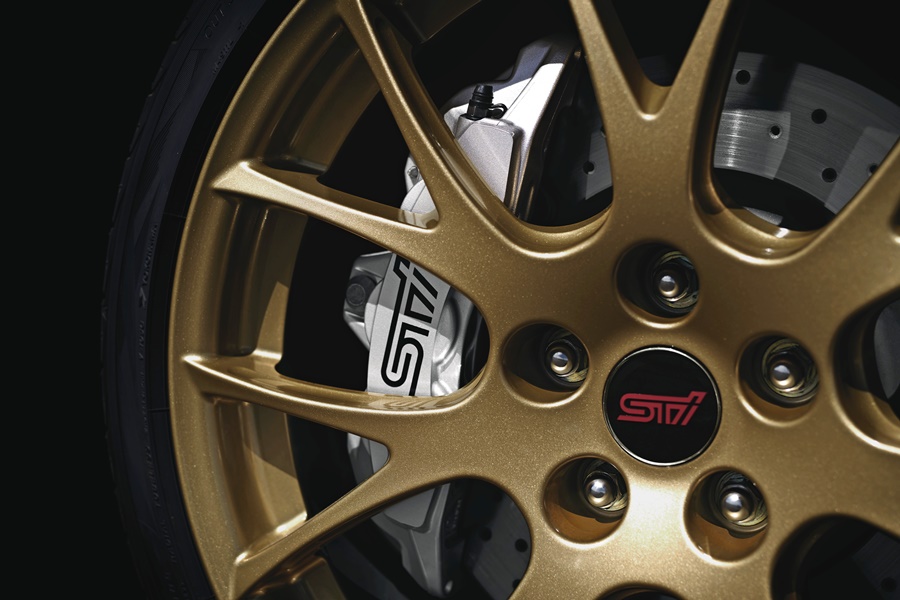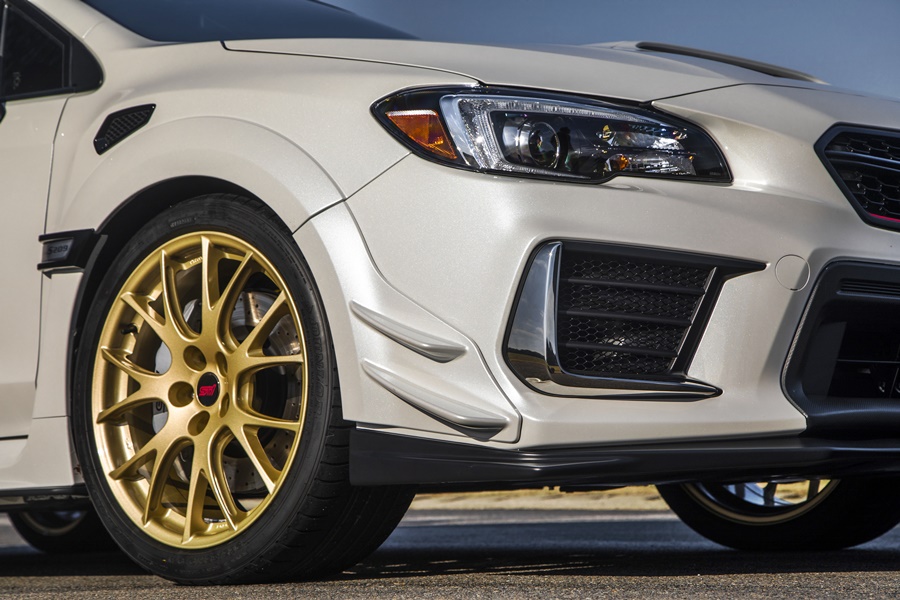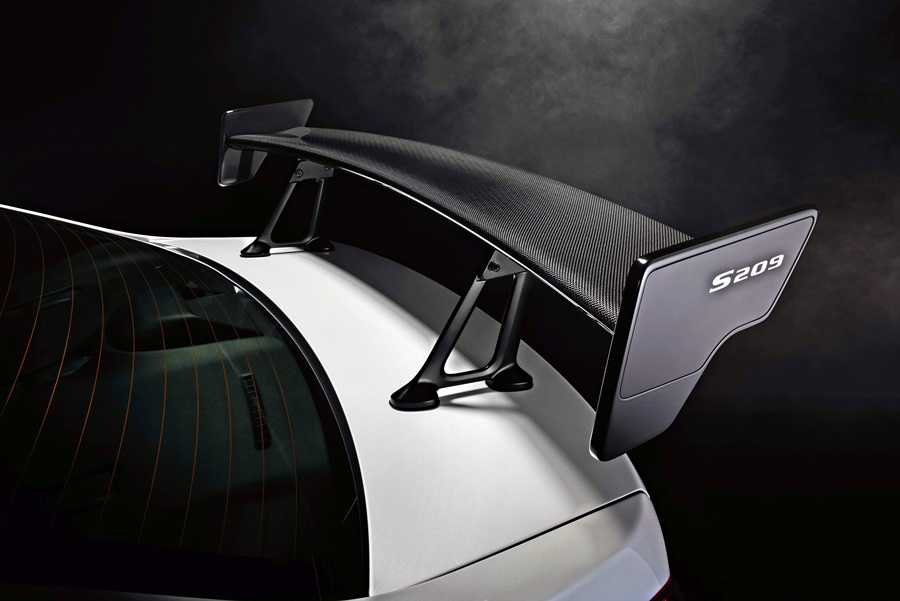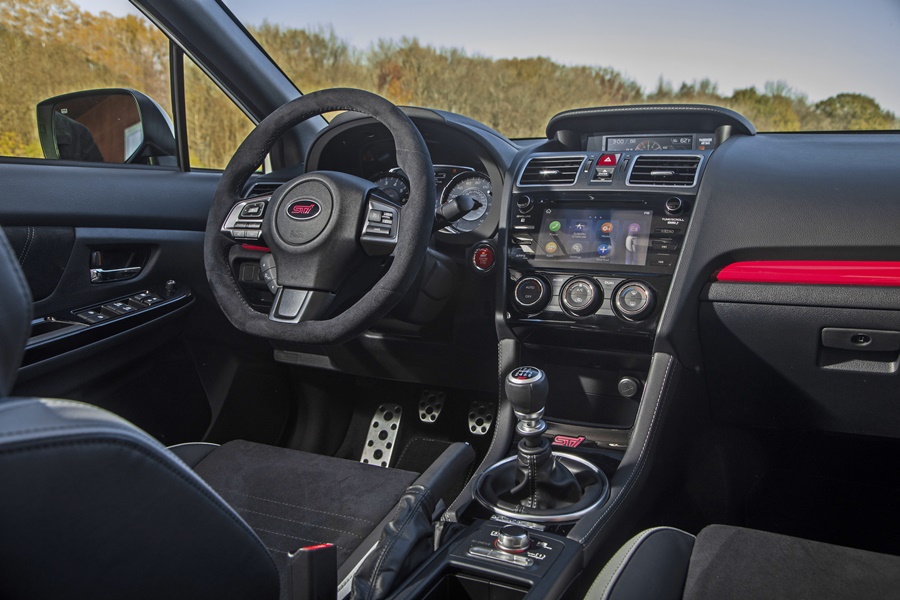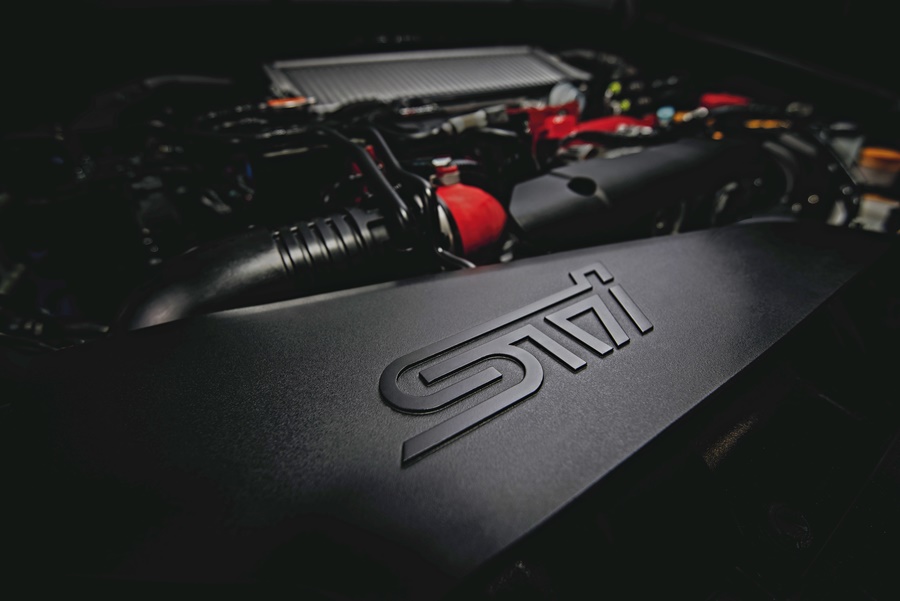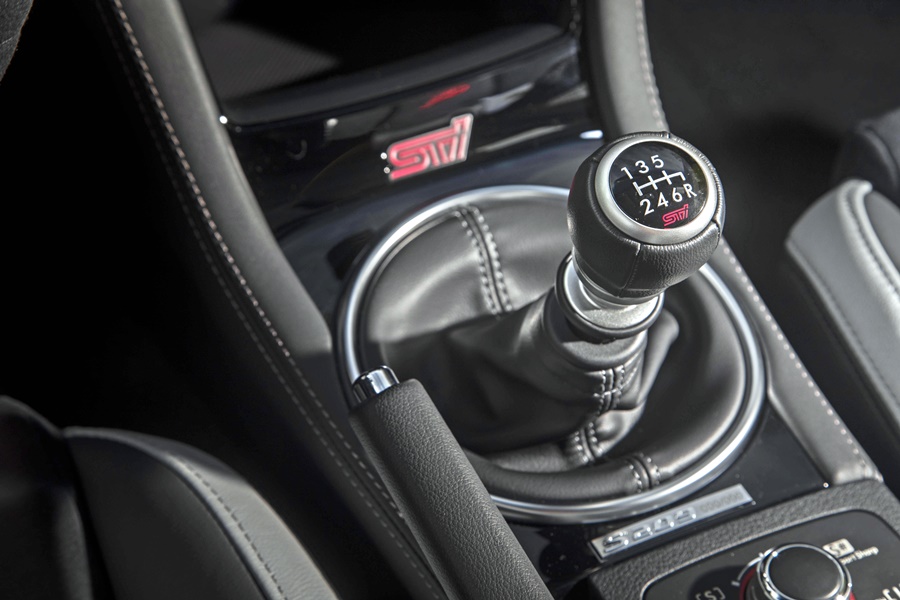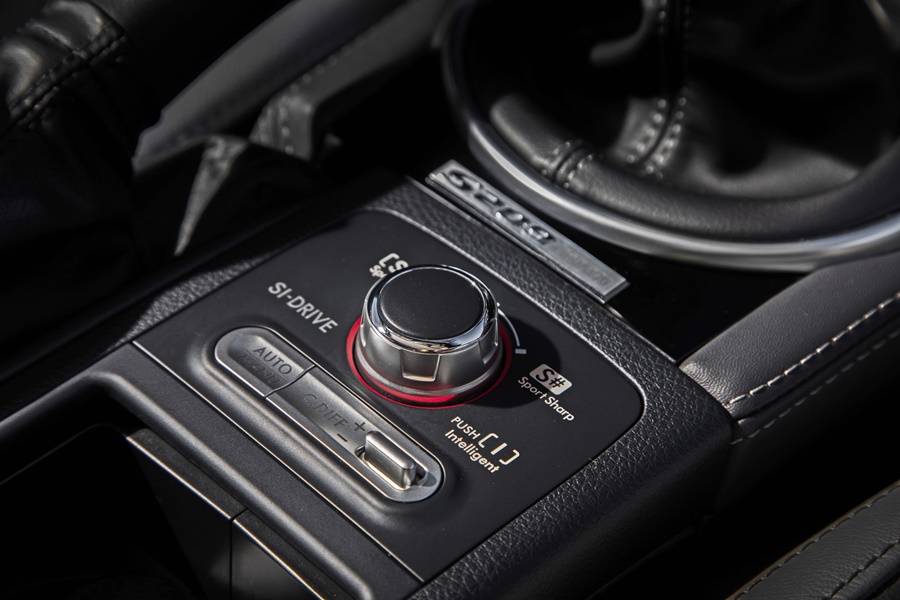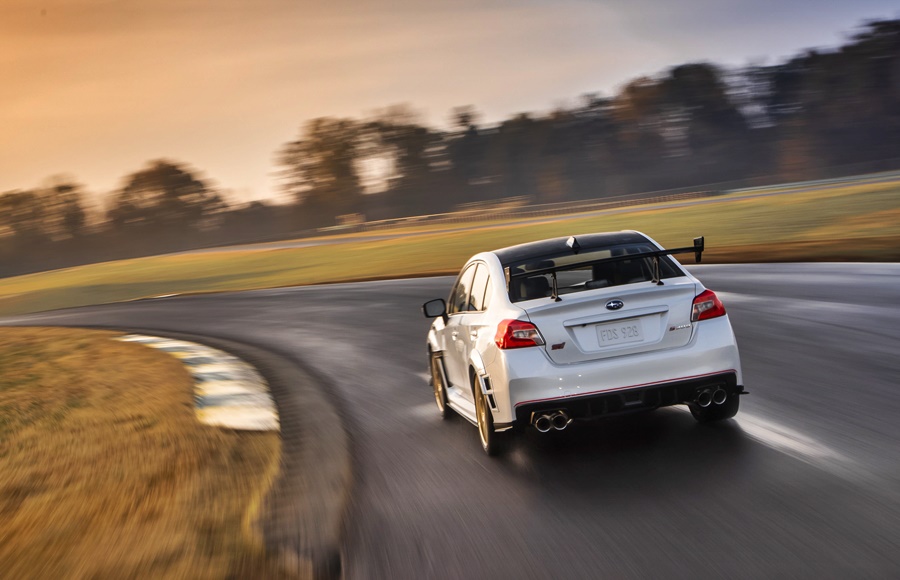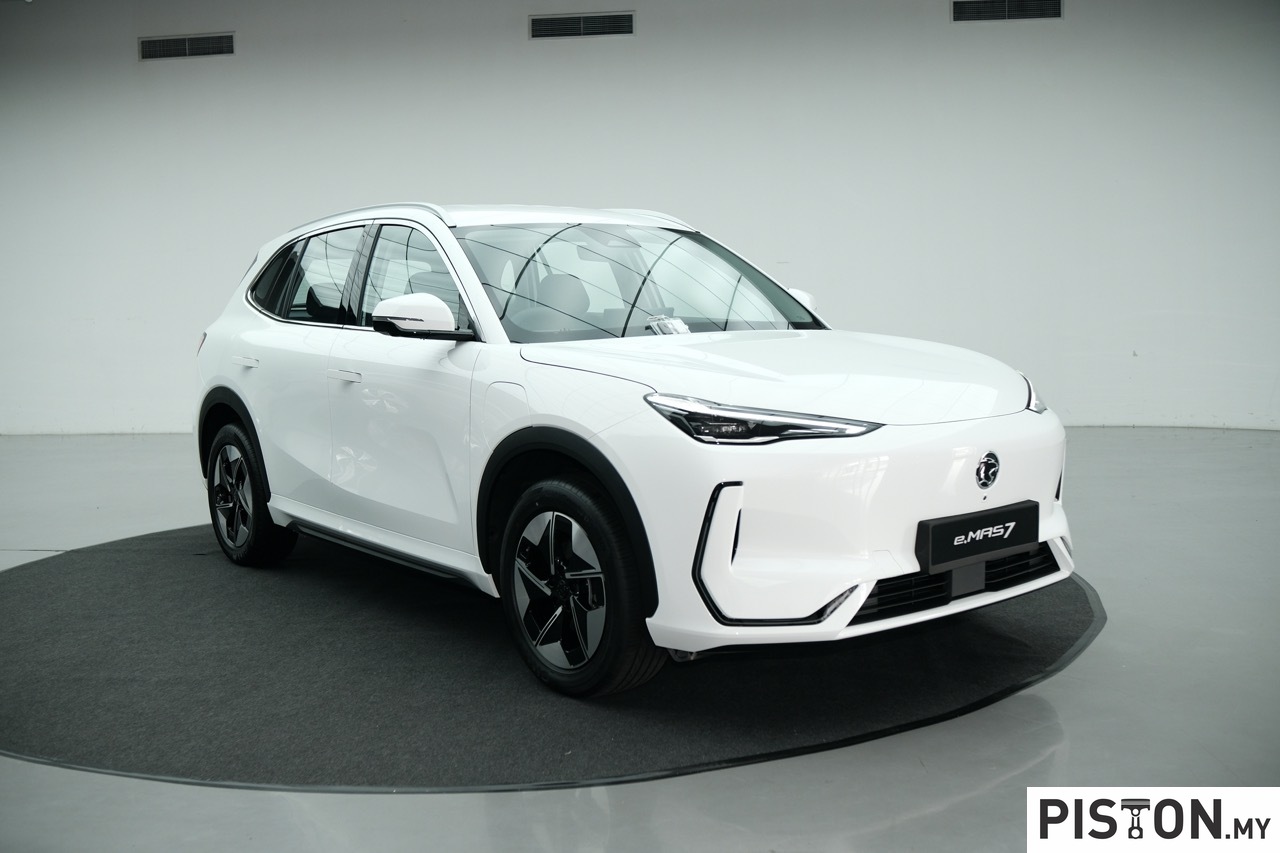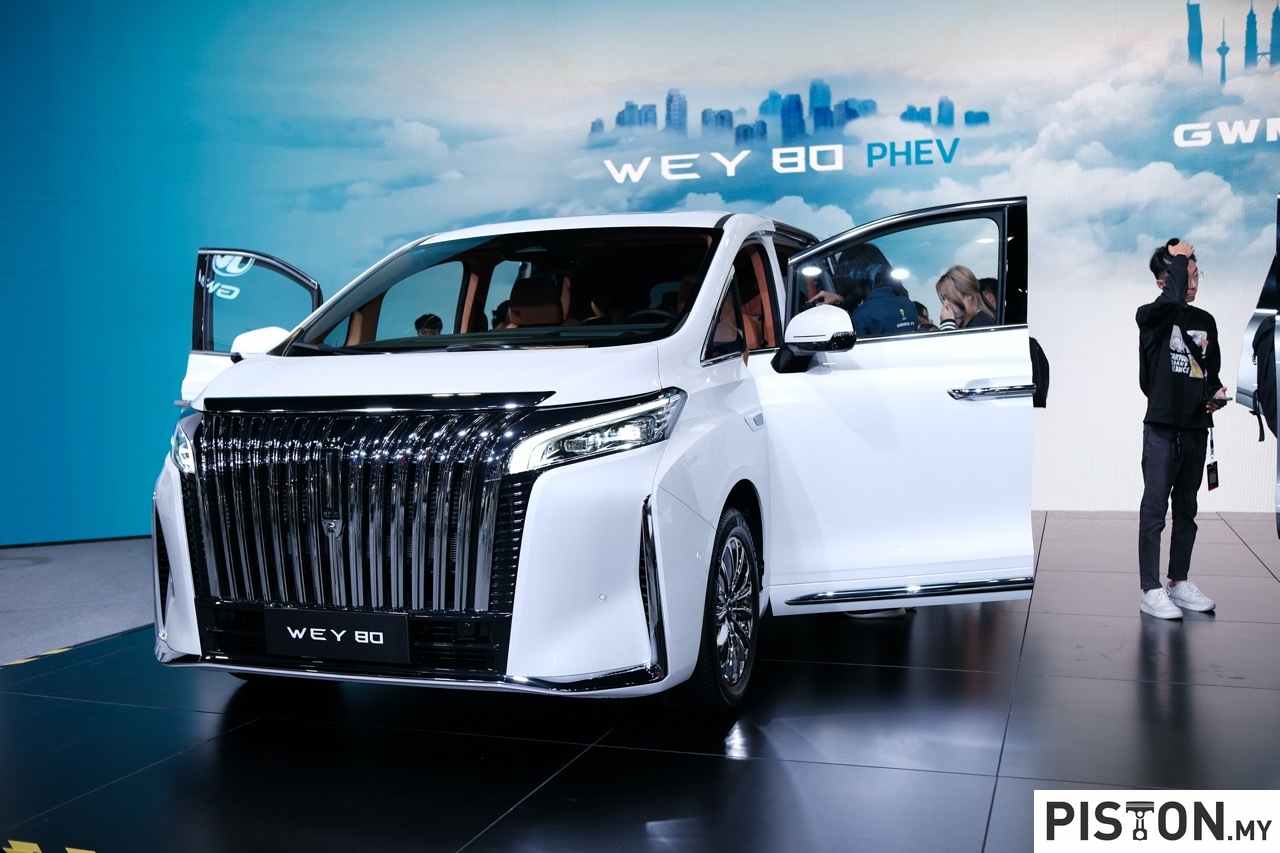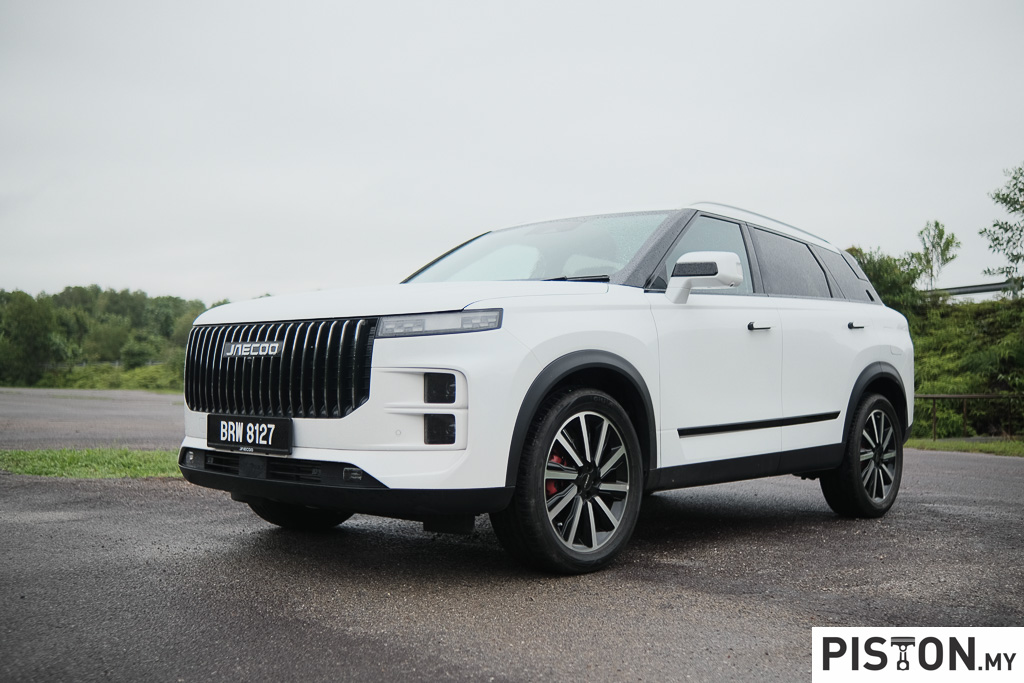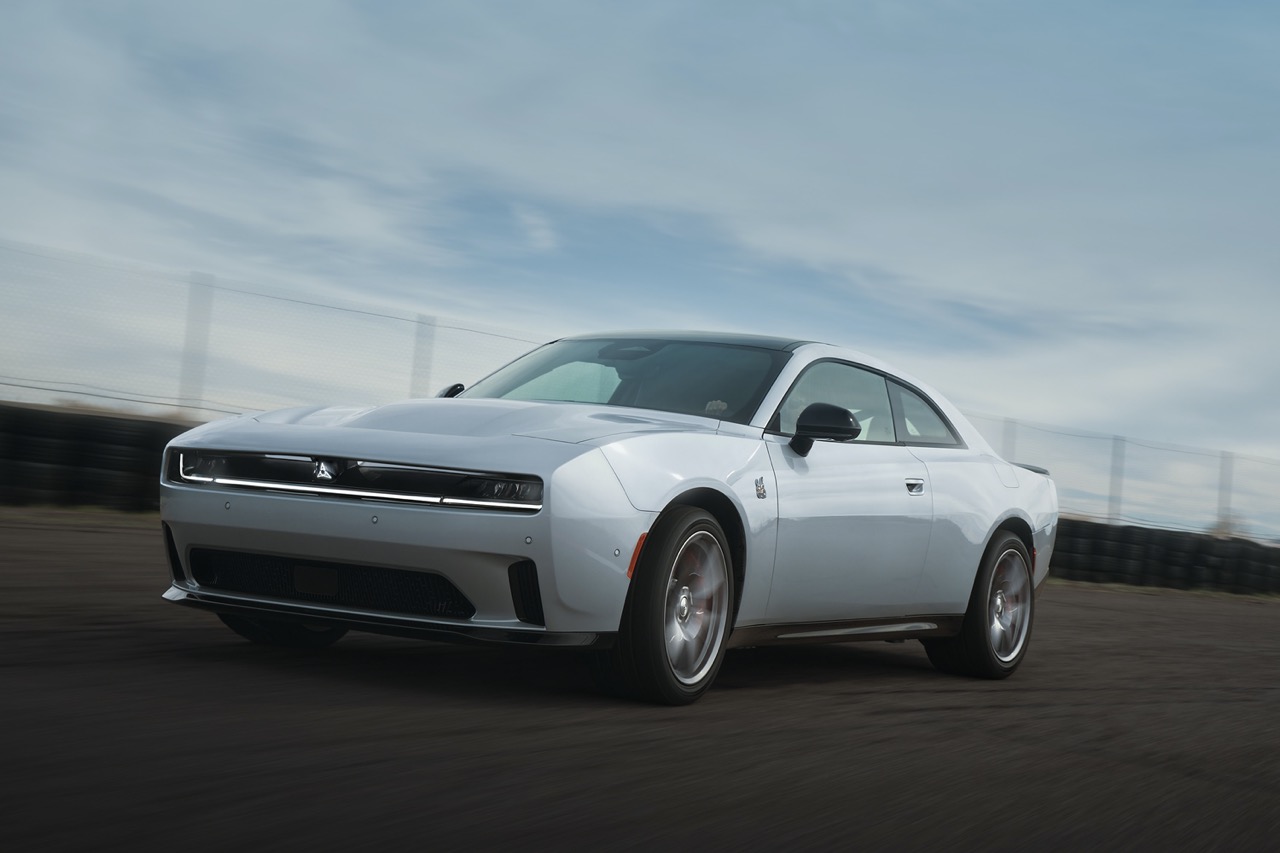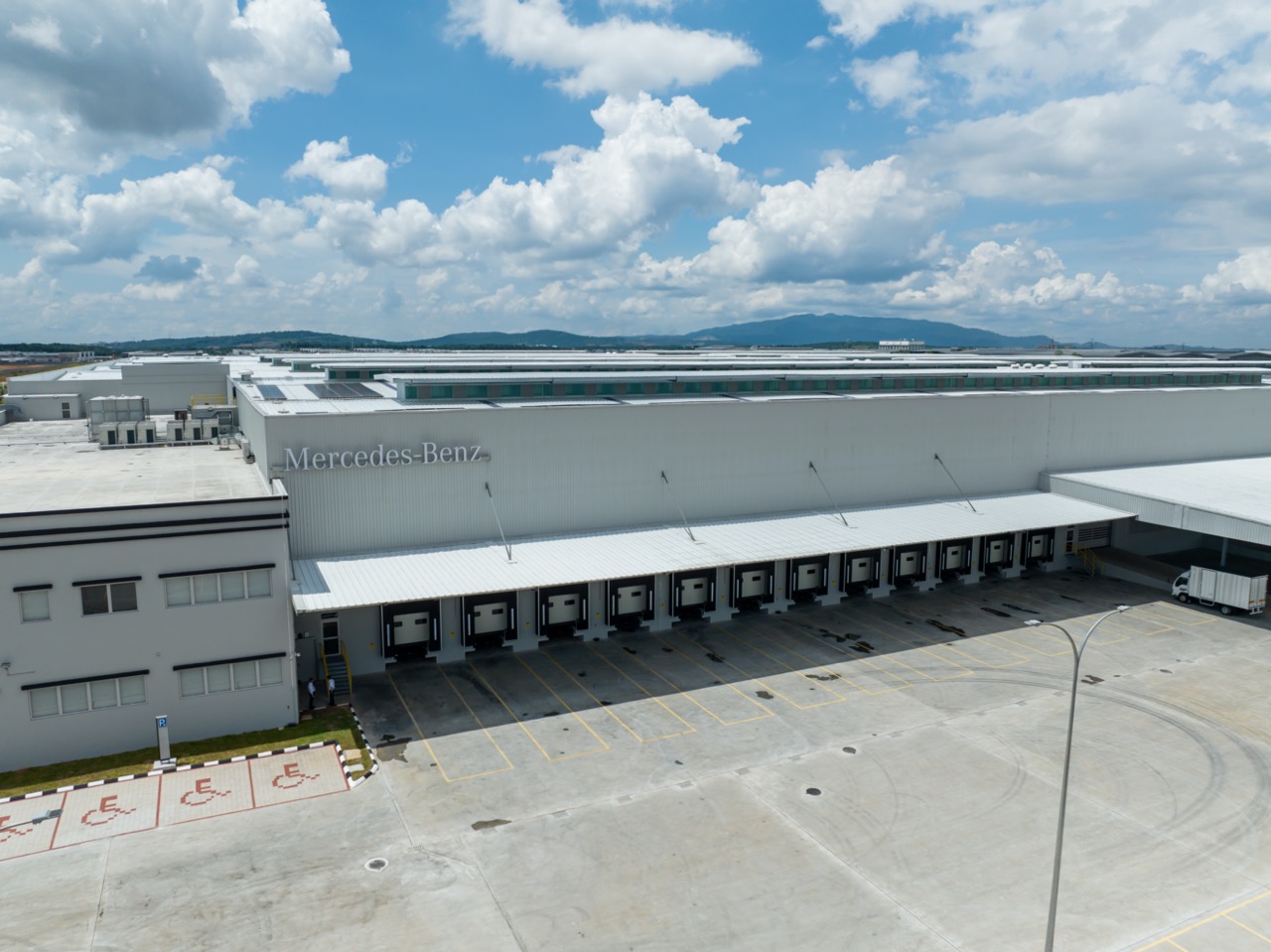Subaru Tecnica International, the carmaker’s motorsports division which Subaru fans know more as ‘STI’, is looking ahead to the era of electrified vehicles, and inevitably a time will come when motorsports will go fully electric. As it is, there is already a single-seater all-electric series (Formula E) and in the recently-ended Dakar Rally in Saudi Arabia, Audi entered three electrically-powered rallycars.
To prepare for the new era, STI has initiated the E-RA Challenge Project as a near-future motorsport study project. This project (‘E-RA’ stands for ‘Electric-Record-Attempt’) has the aim of gaining experience and training of new technologies in the world of motorsports in the carbon-neutral era. The insights gained from this project will help Subaru contribute to the future electrified society.
To complement the studies that will be carried out, STI has developed the STI E-RA concept car which is on display at the Tokyo Auto Salon this weekend. The first goal of this model is to try to record a lap time of 400 seconds (6 minutes 40 seconds) in a time attack at Germany’s Nurburgring circuit from 2023 onwards. Before then, driving tests will be conducted at circuits in Japan during 2022 as part of the development program.
Subaru’s strength and long experience in in all-wheel control technology will be used to develop systems for the control of the high outputs. With 4 motors, these will reach maximum system output level of 800 kW (1,088 ps) and reach the road using proprietary 4-wheel torque vectoring technology
The unique torque vectoring system is a technology that equalizes the balance to the grip limit of each of the 4 wheels with a driver-focused control system. It raises the grip level to the maximum and stabilizes car body position.
In order to obtain the maximum effect, the best way is to independently apply the optimum drive torque to the 4 wheels as the load shifts. To realize this, the system calculates the signals from sensors in wheel speed, vehicle speed, steering angle, g-force, yaw rate, brake pressure, and wheel load, determines the drive/braking torque of each wheel to gain a target stability factor, and provides instructions to the inverter.
For the motors, a high-torque high-revolution type with an integrated inverter and a gear for hyper EVs, which were developed and supplied by Yamaha Motor have been adopted. This motor is driven by a lithium-ion battery with a storage capacity of 60 kWh.
The structure where the motors are directly attached to the 4 wheels enables a high level of responsiveness and a direct control of the yaw of the car body. Since this is considered to be a system which can maximize a vehicle’s kinetic performance, and is included in the regulations for future motorsport (FIA E-GT), STI will follow the direction for development.
Subaru Solterra EV unveiled in Japan, to go on sale in mid-2022



